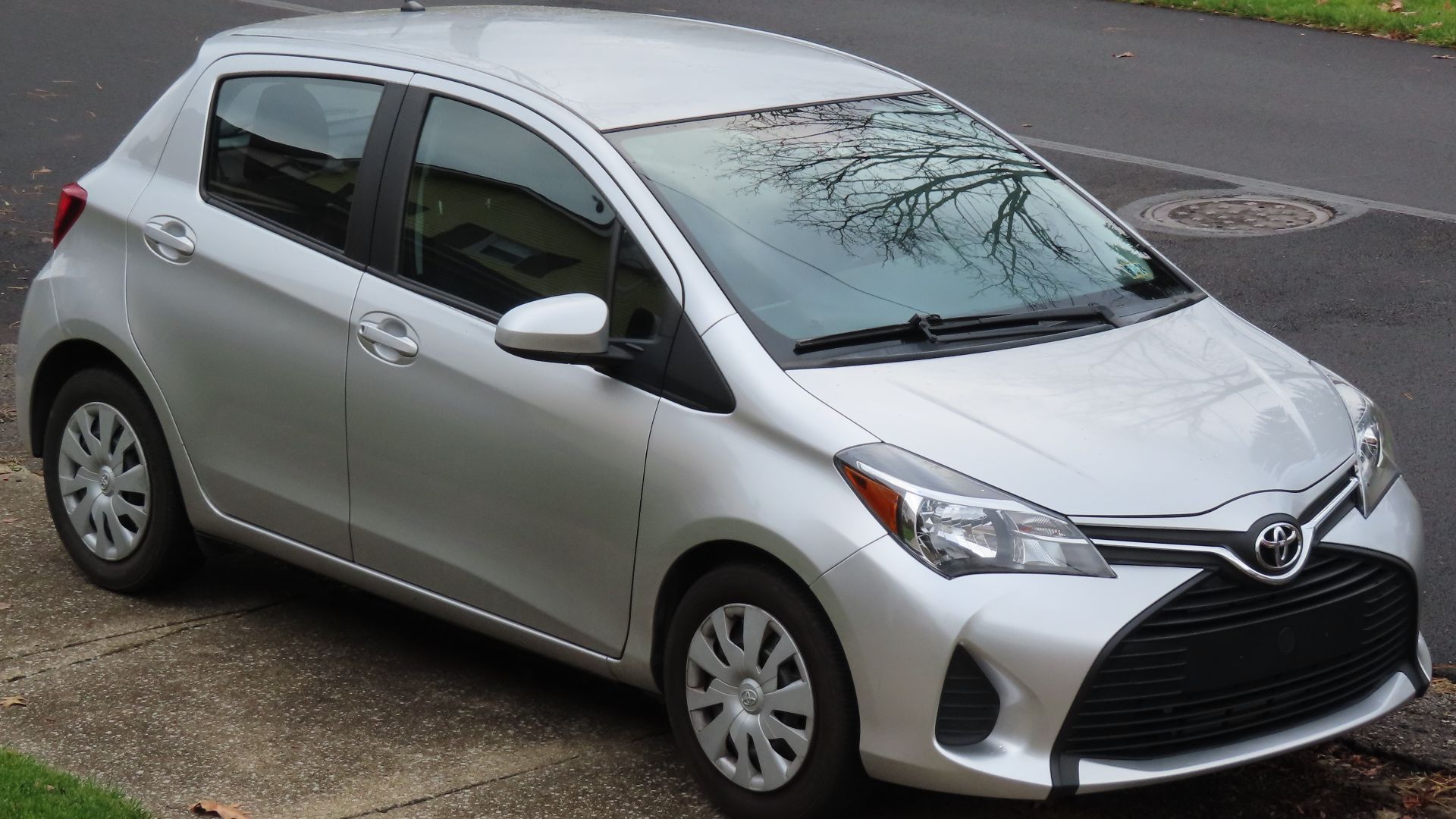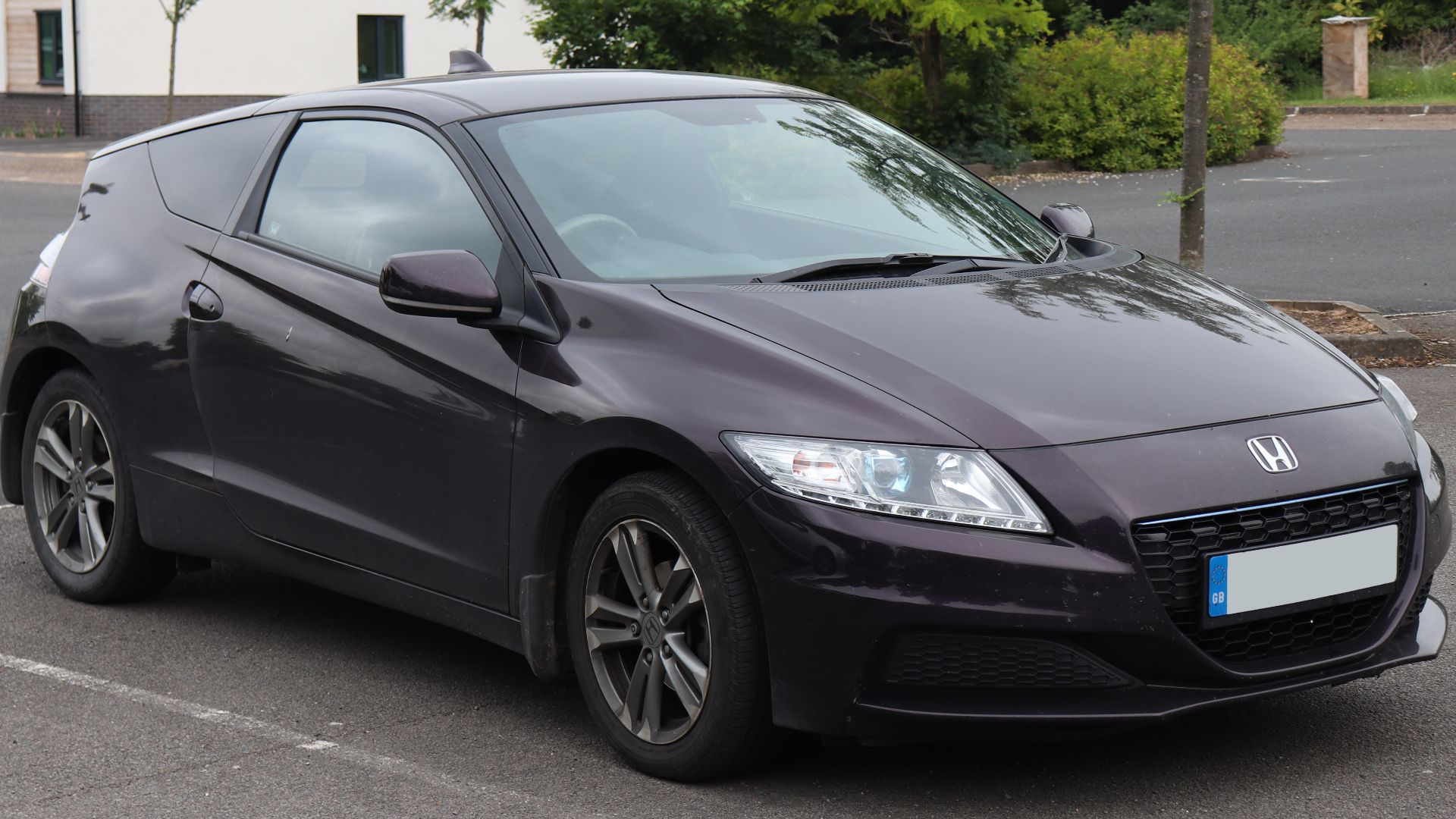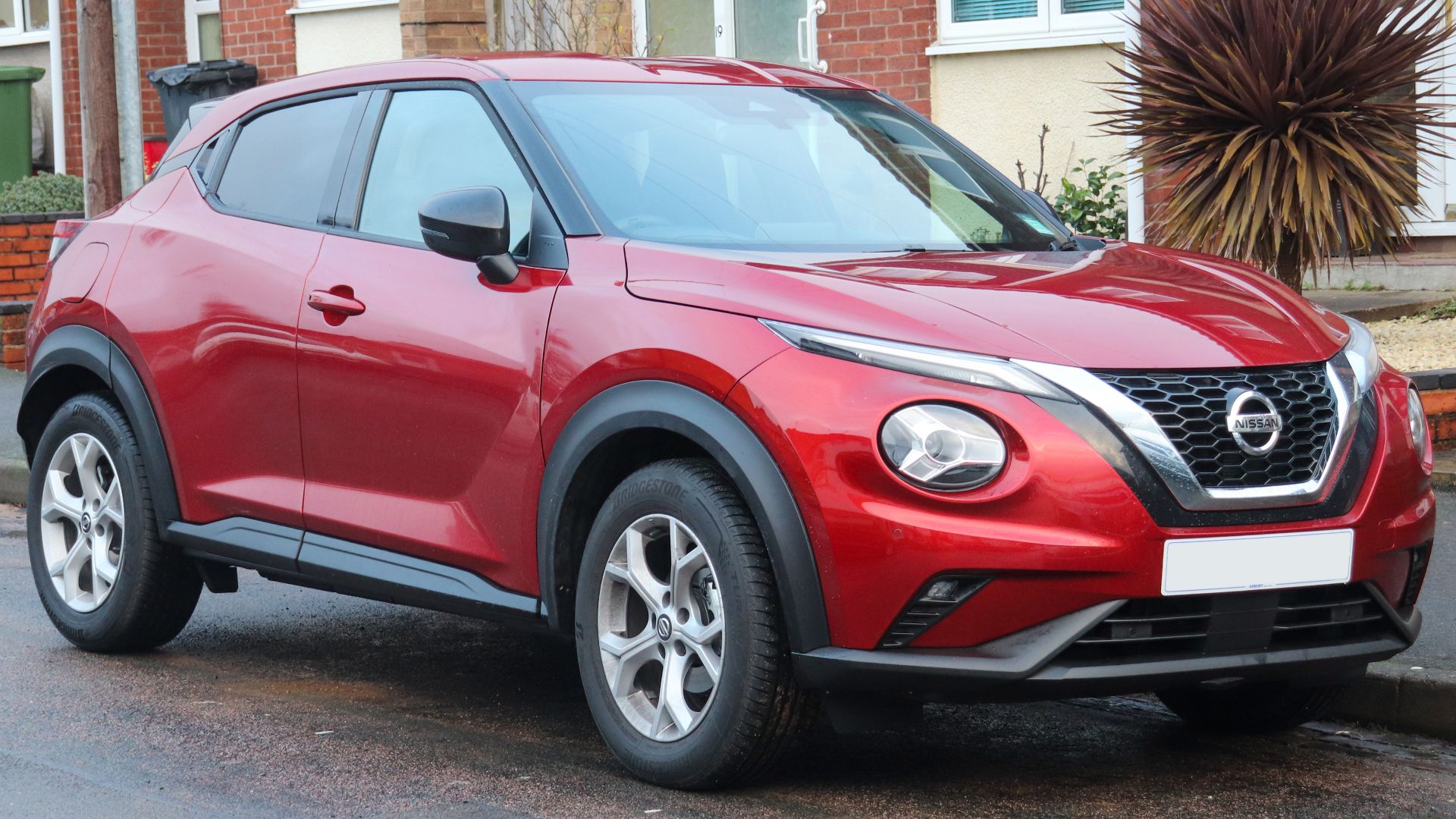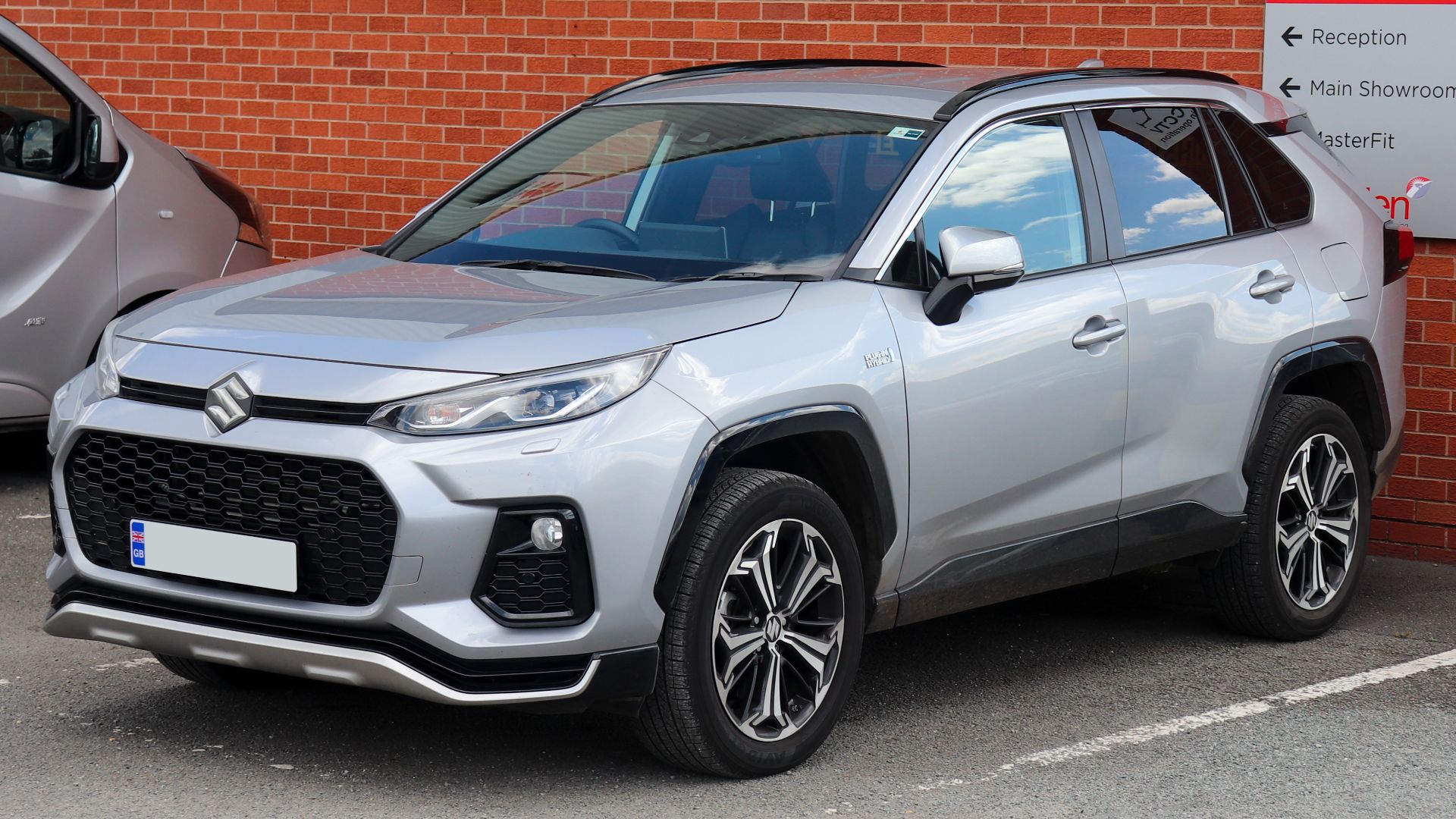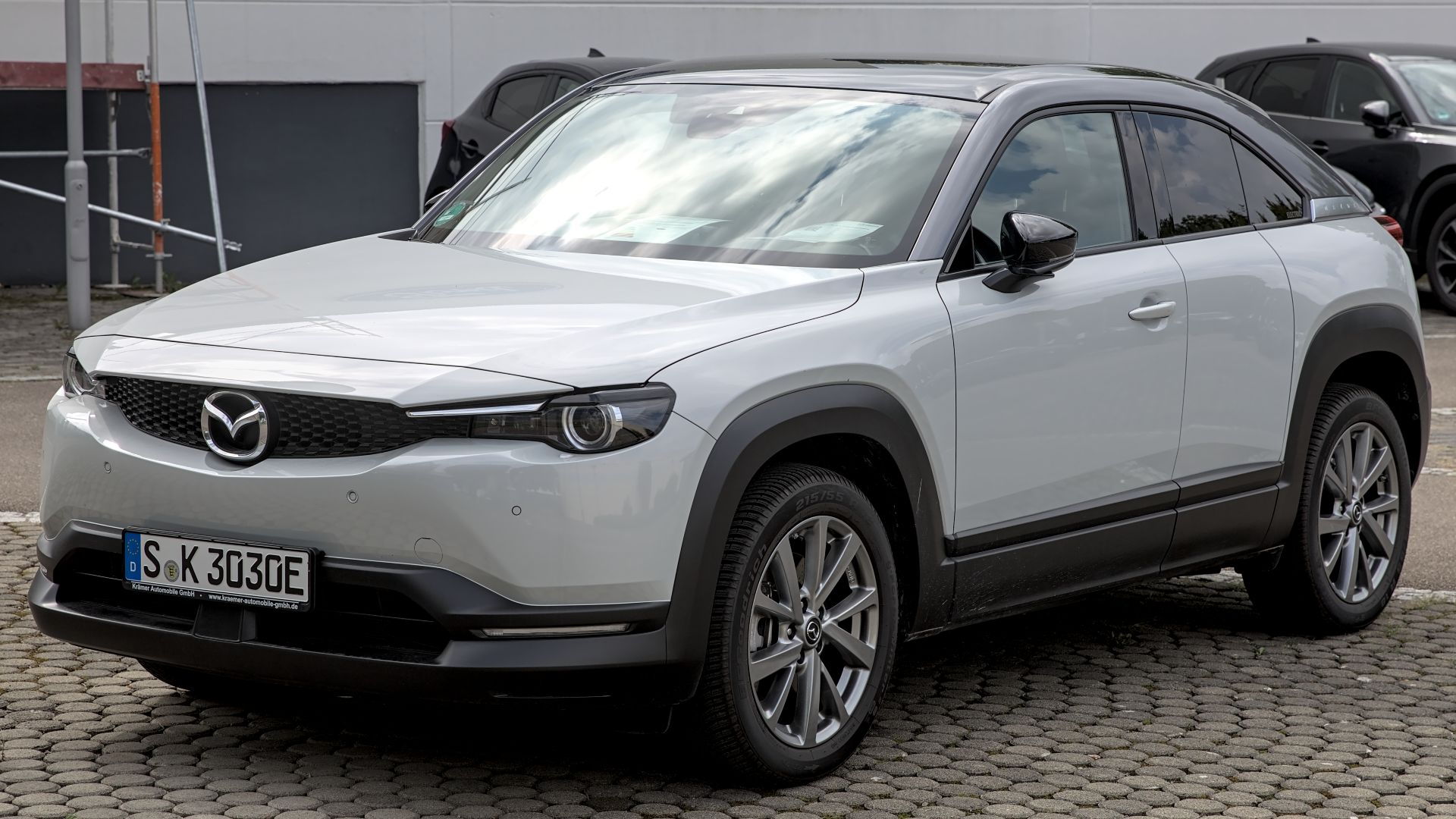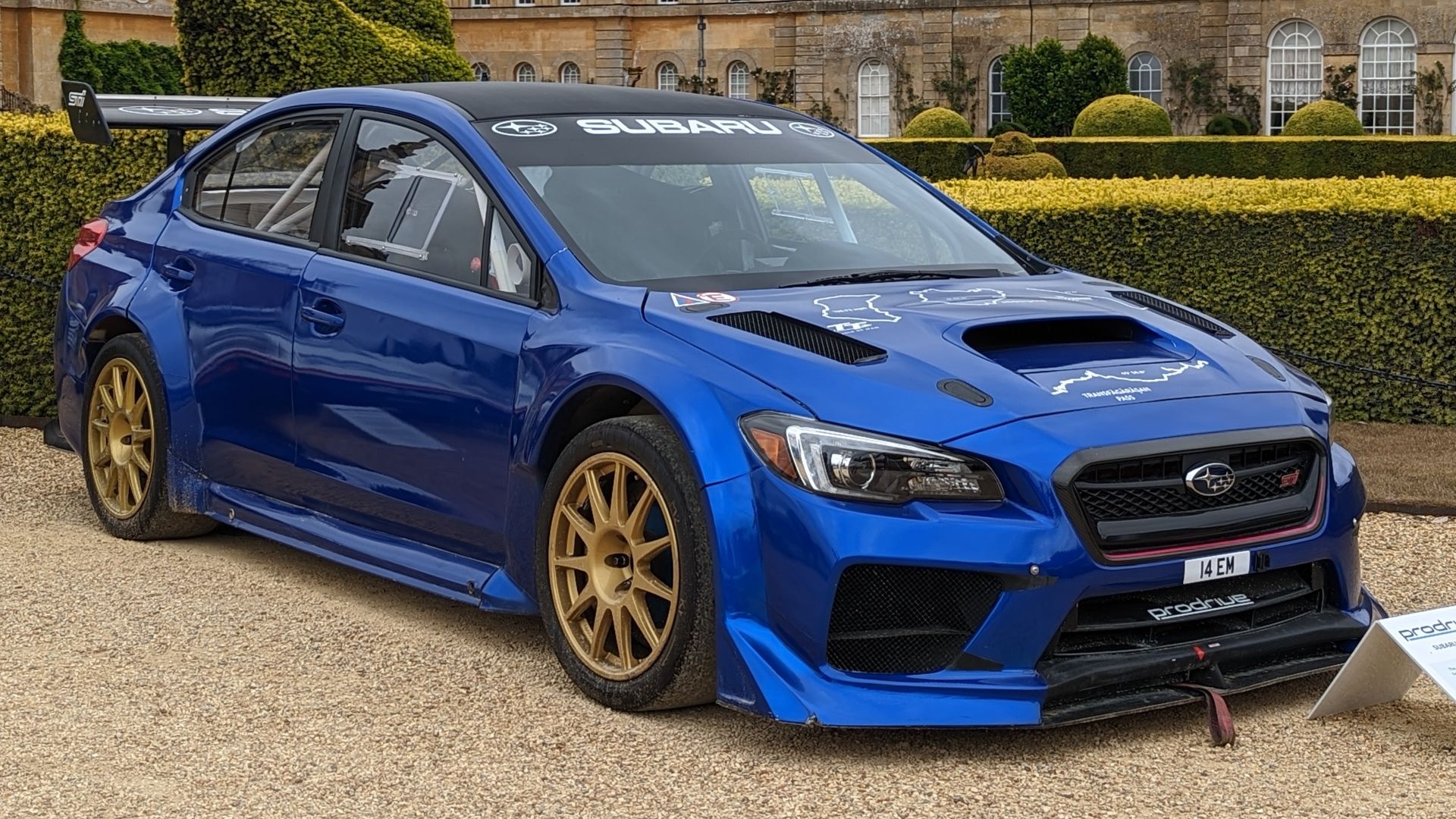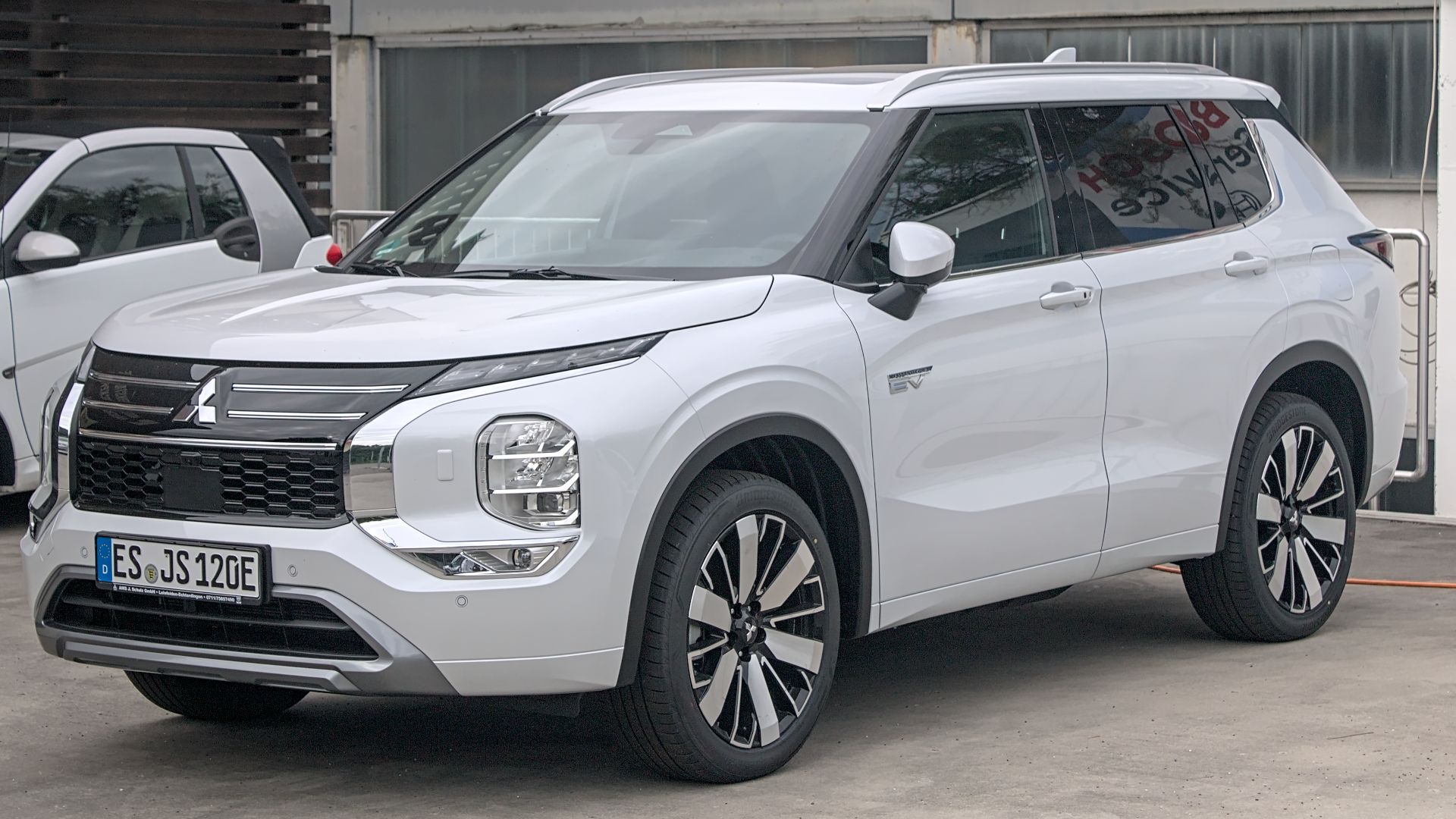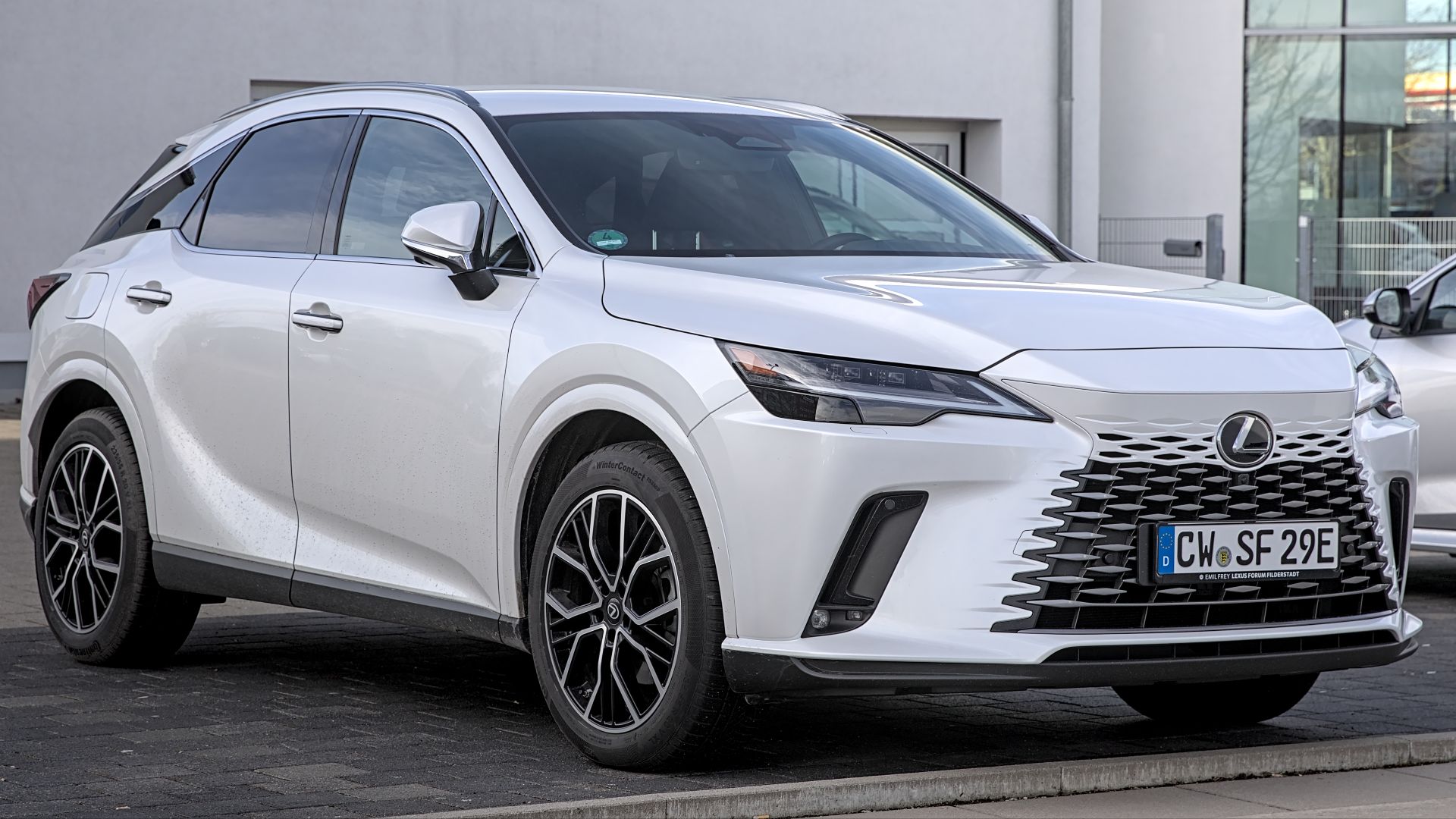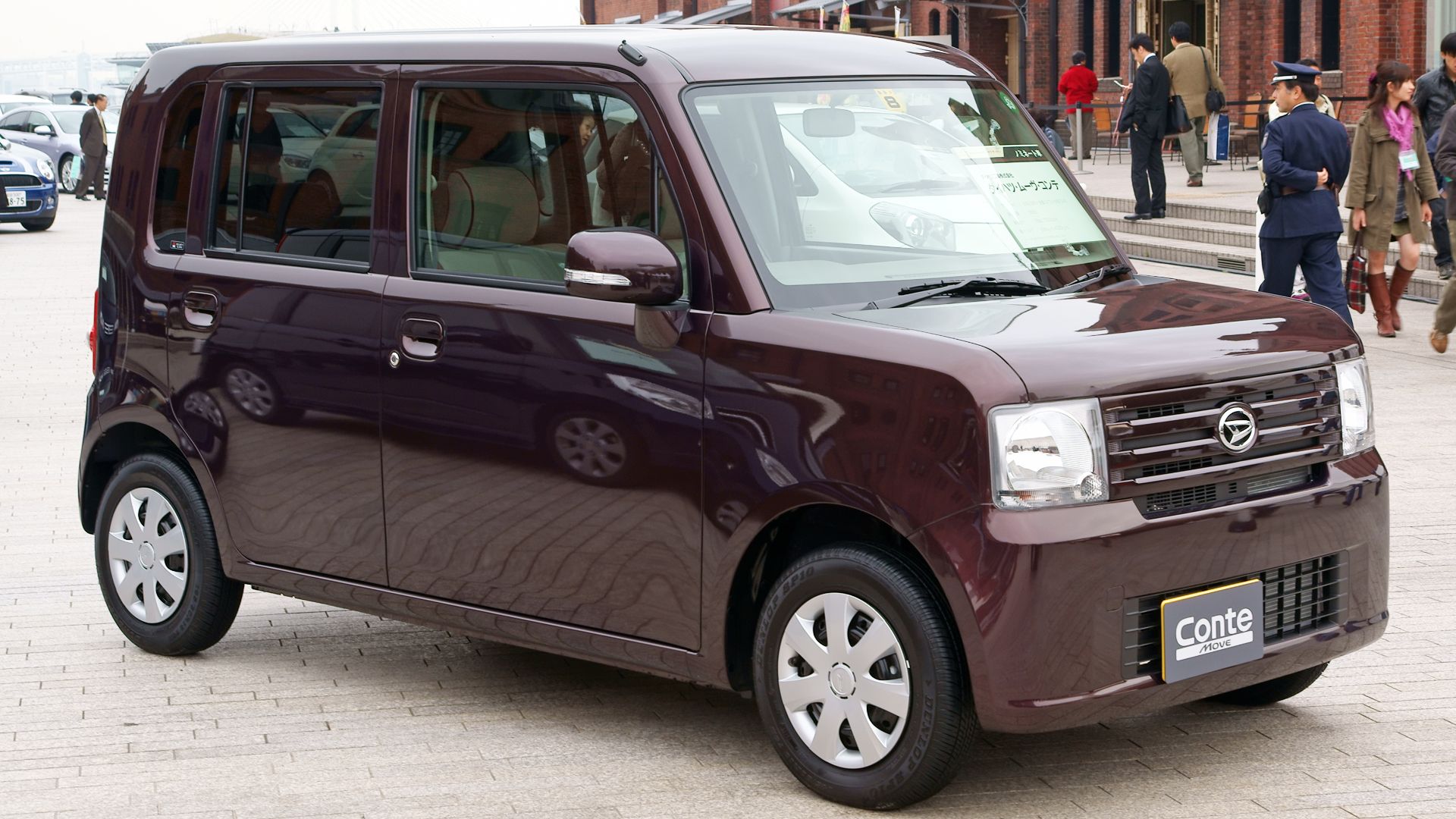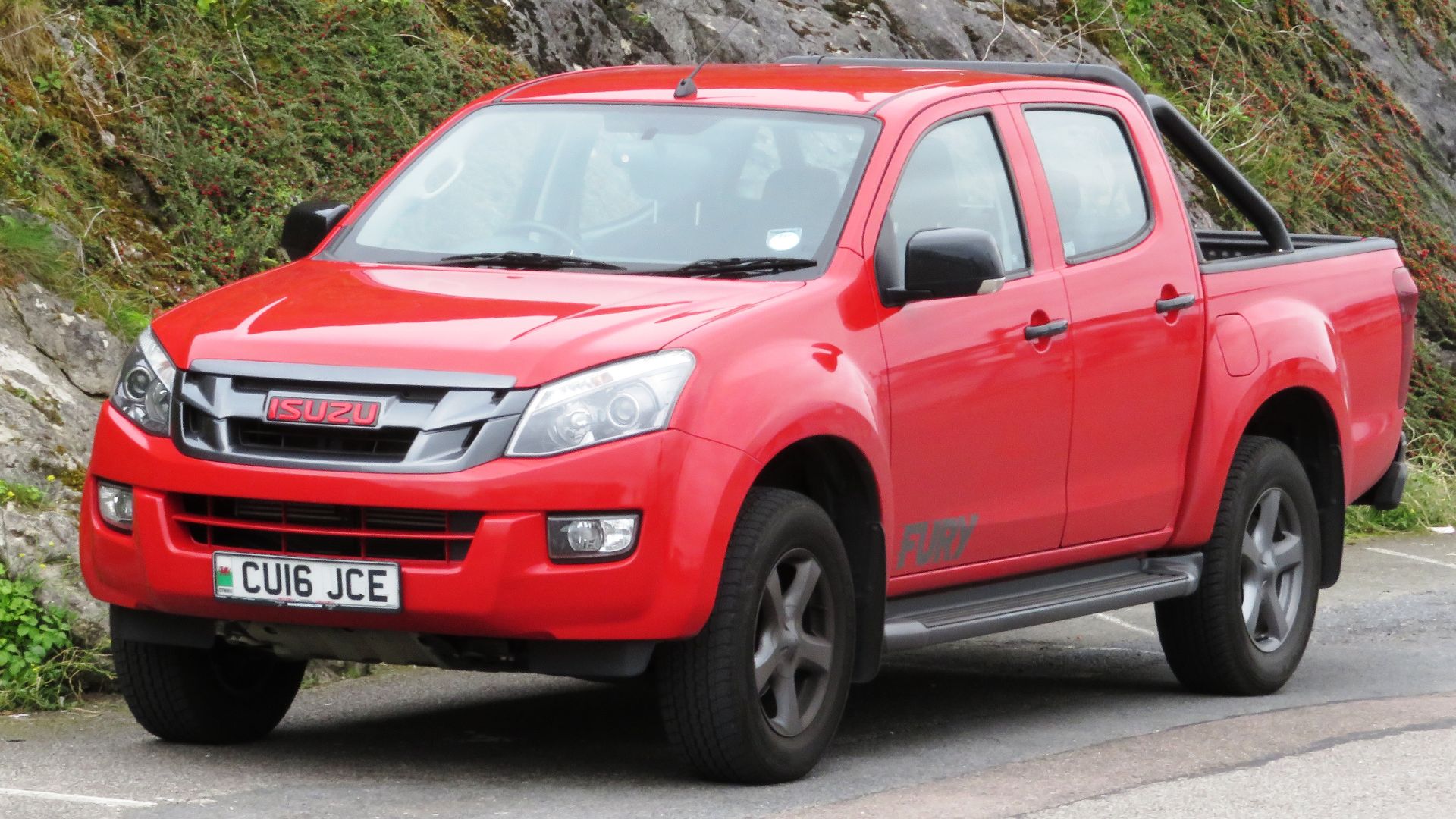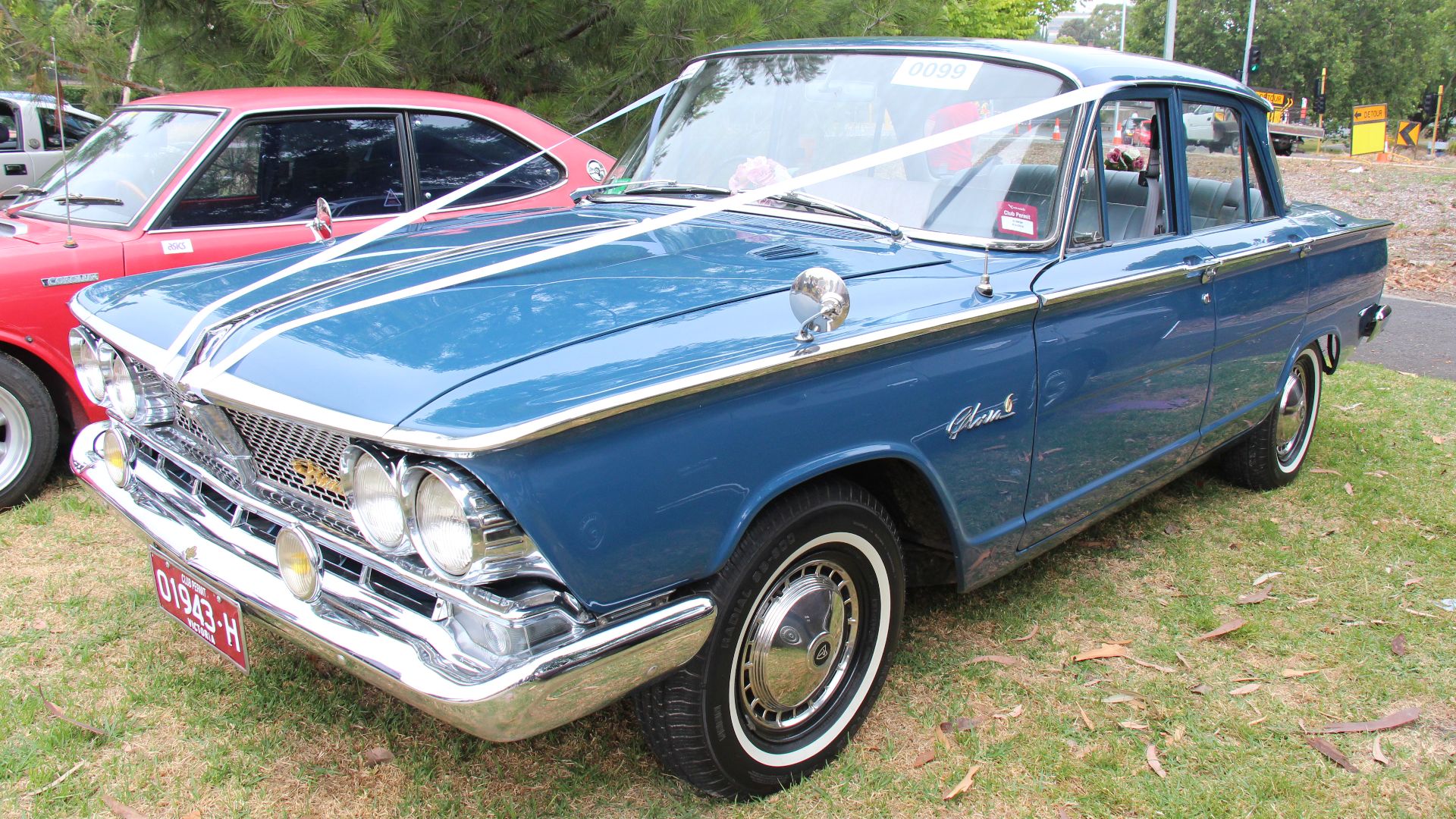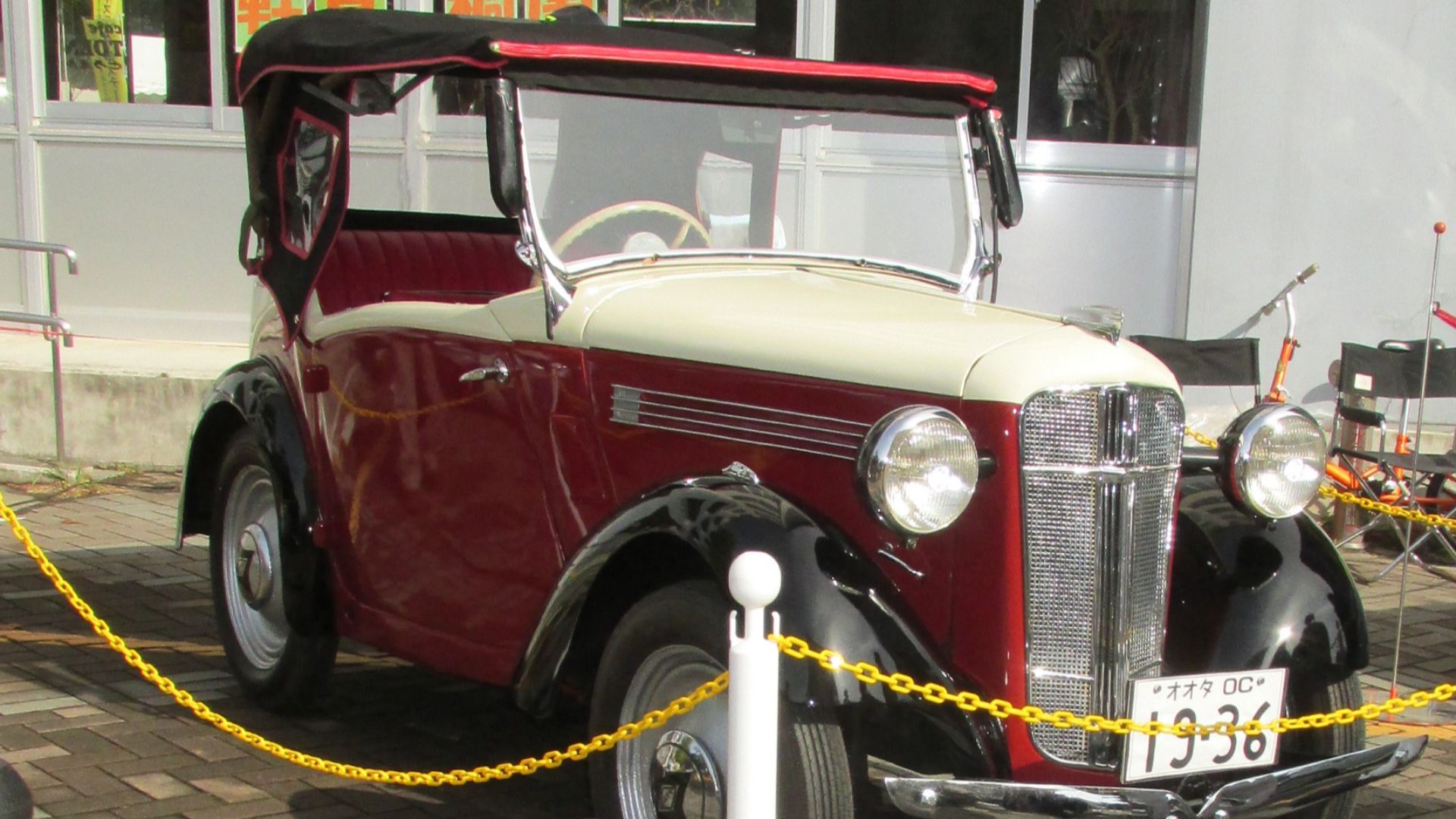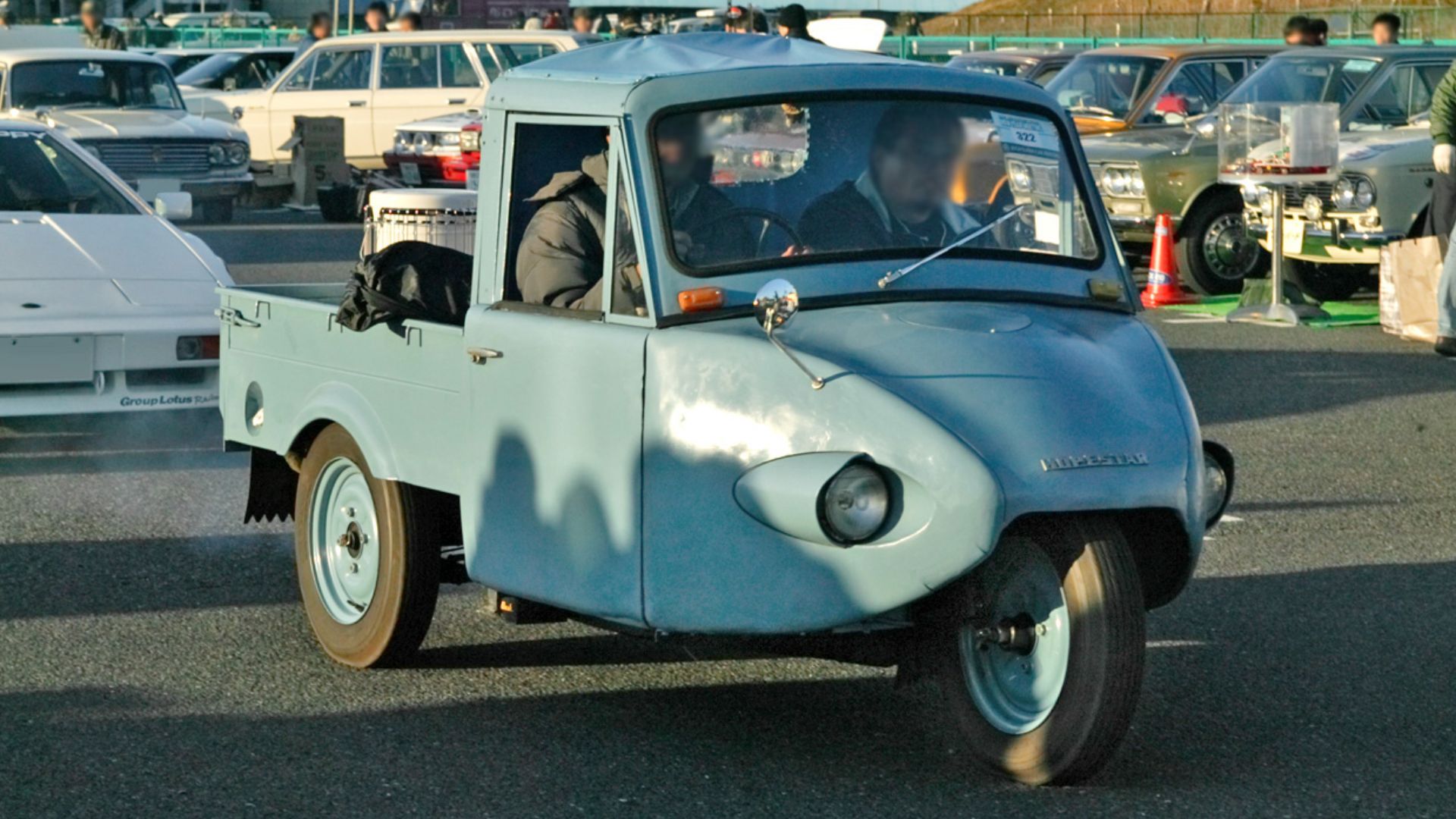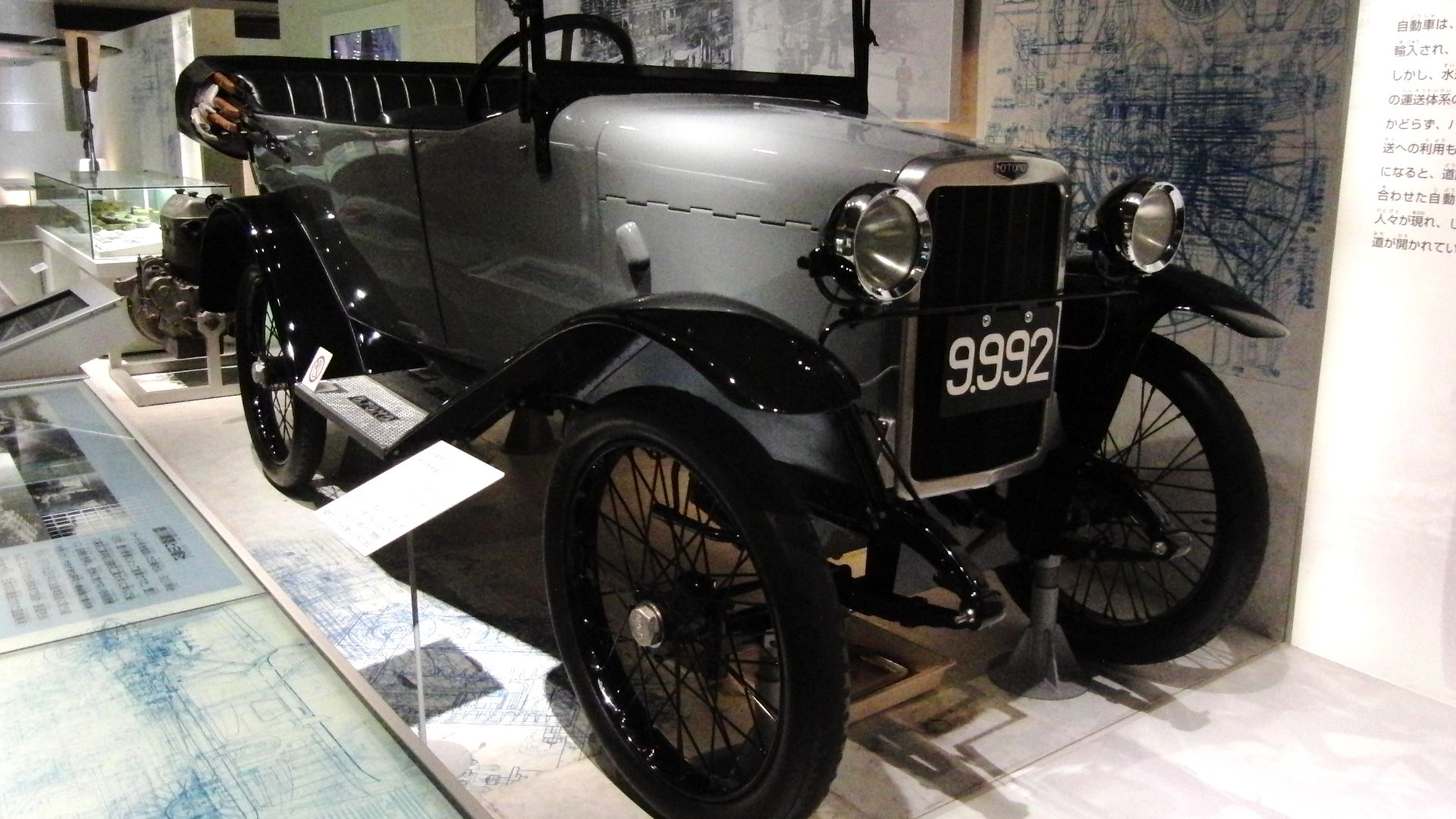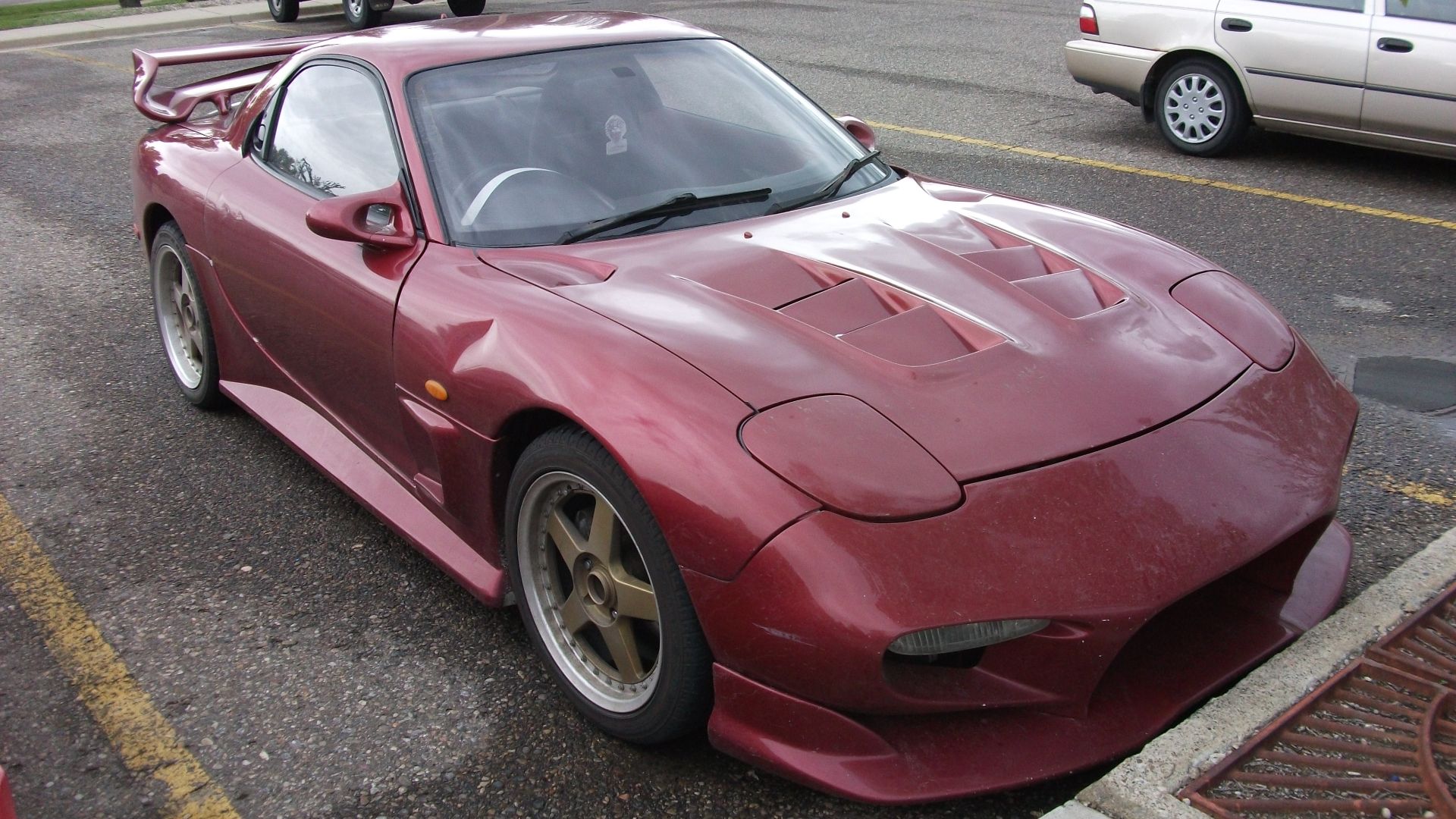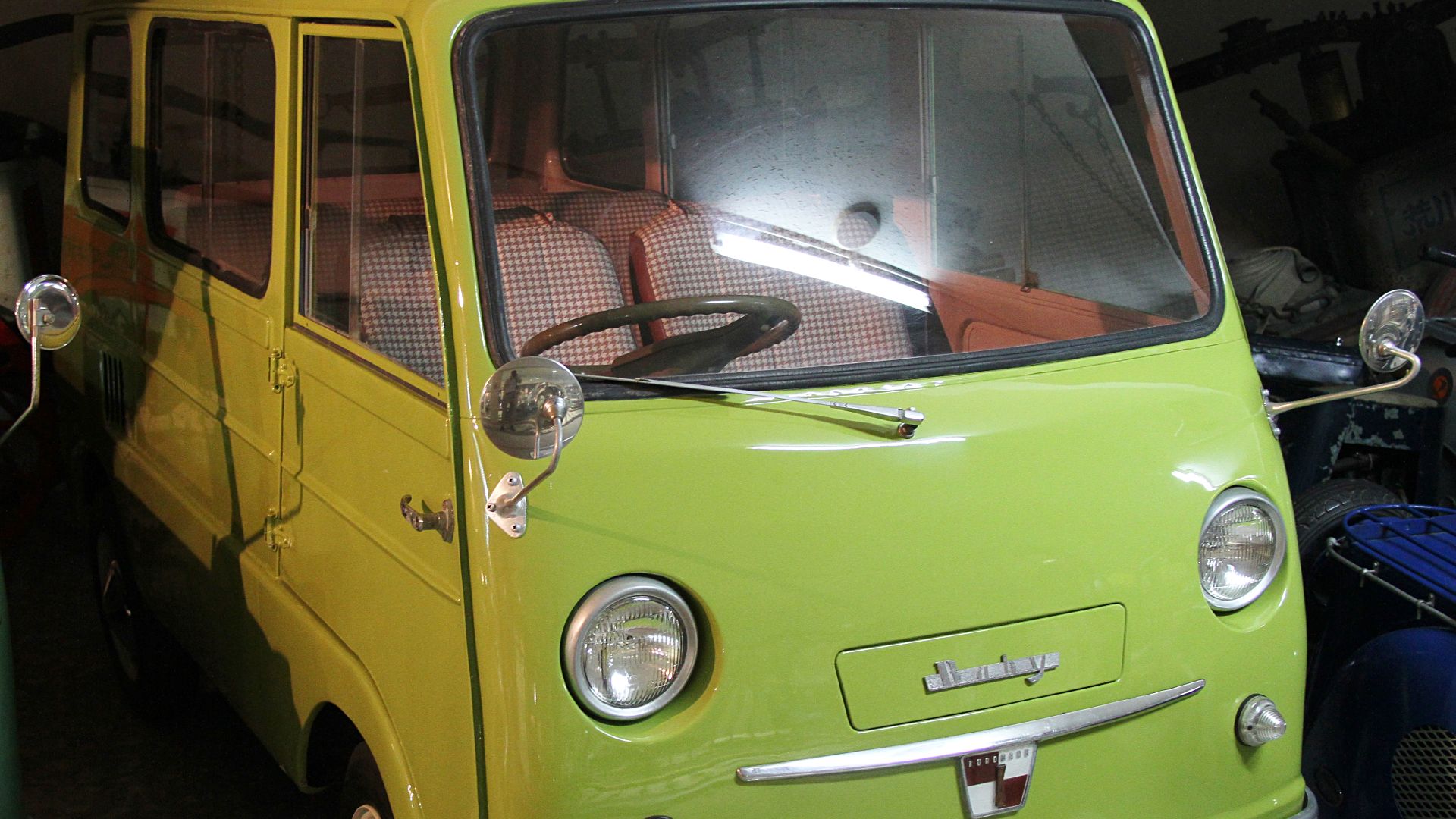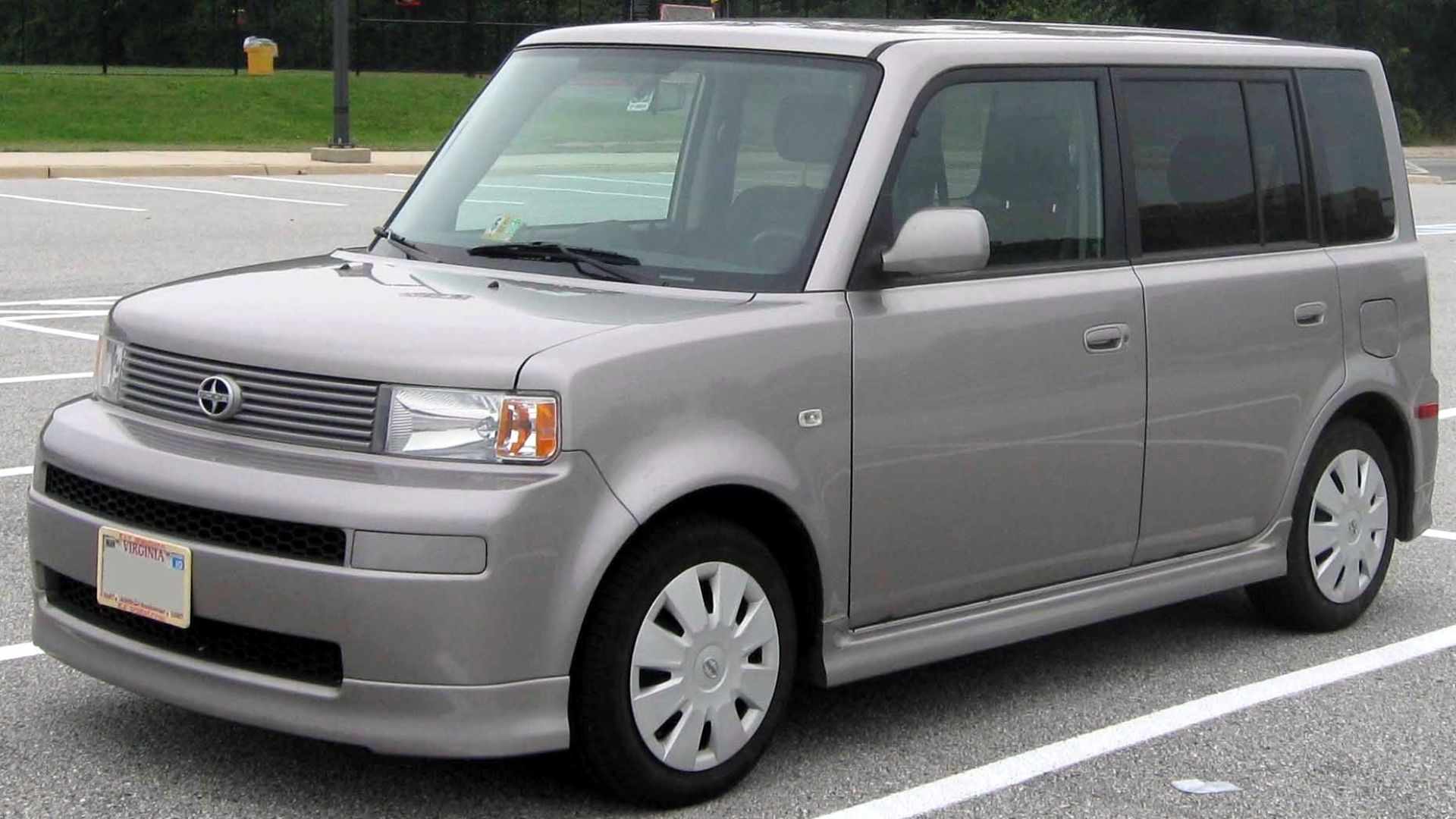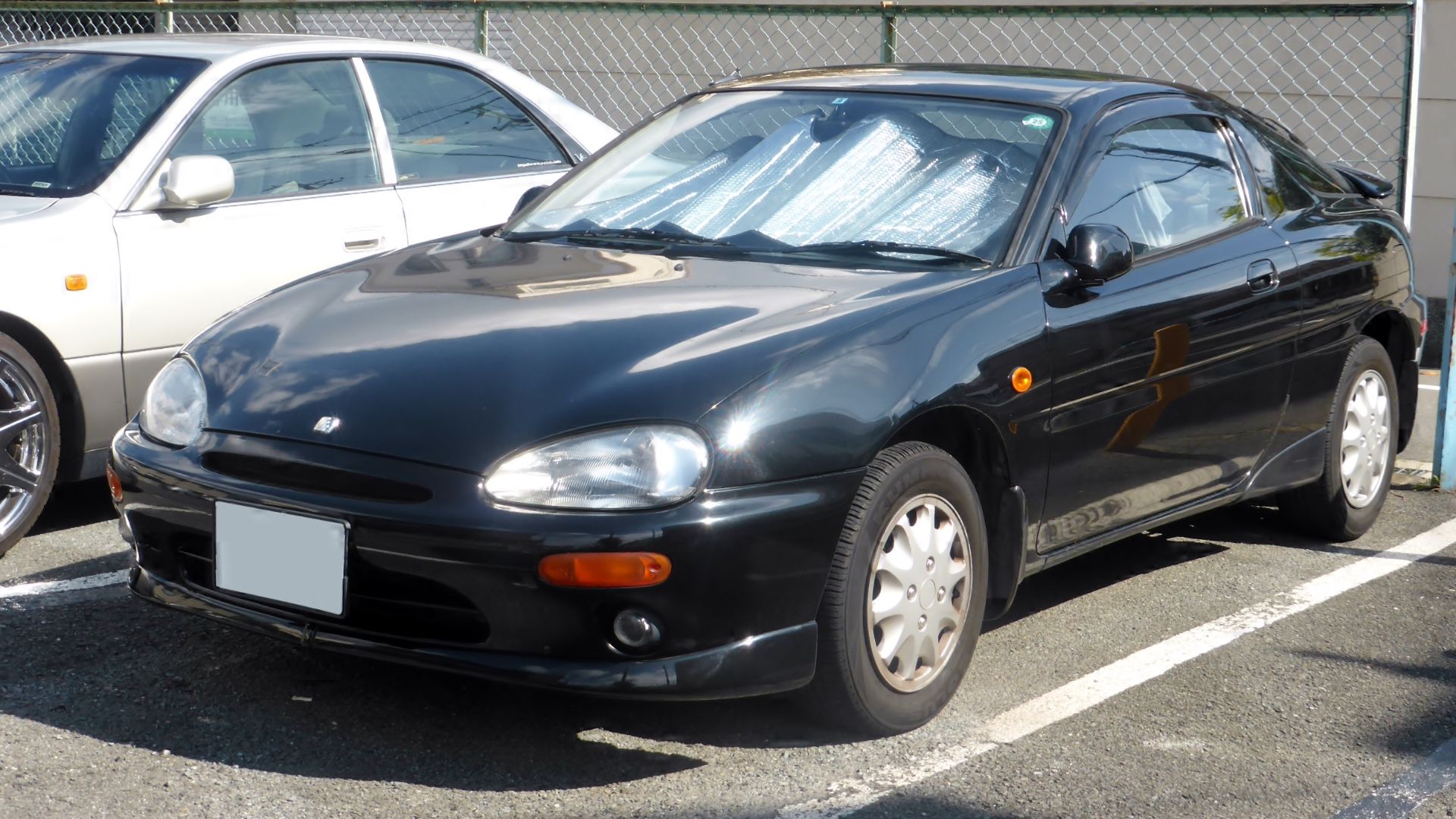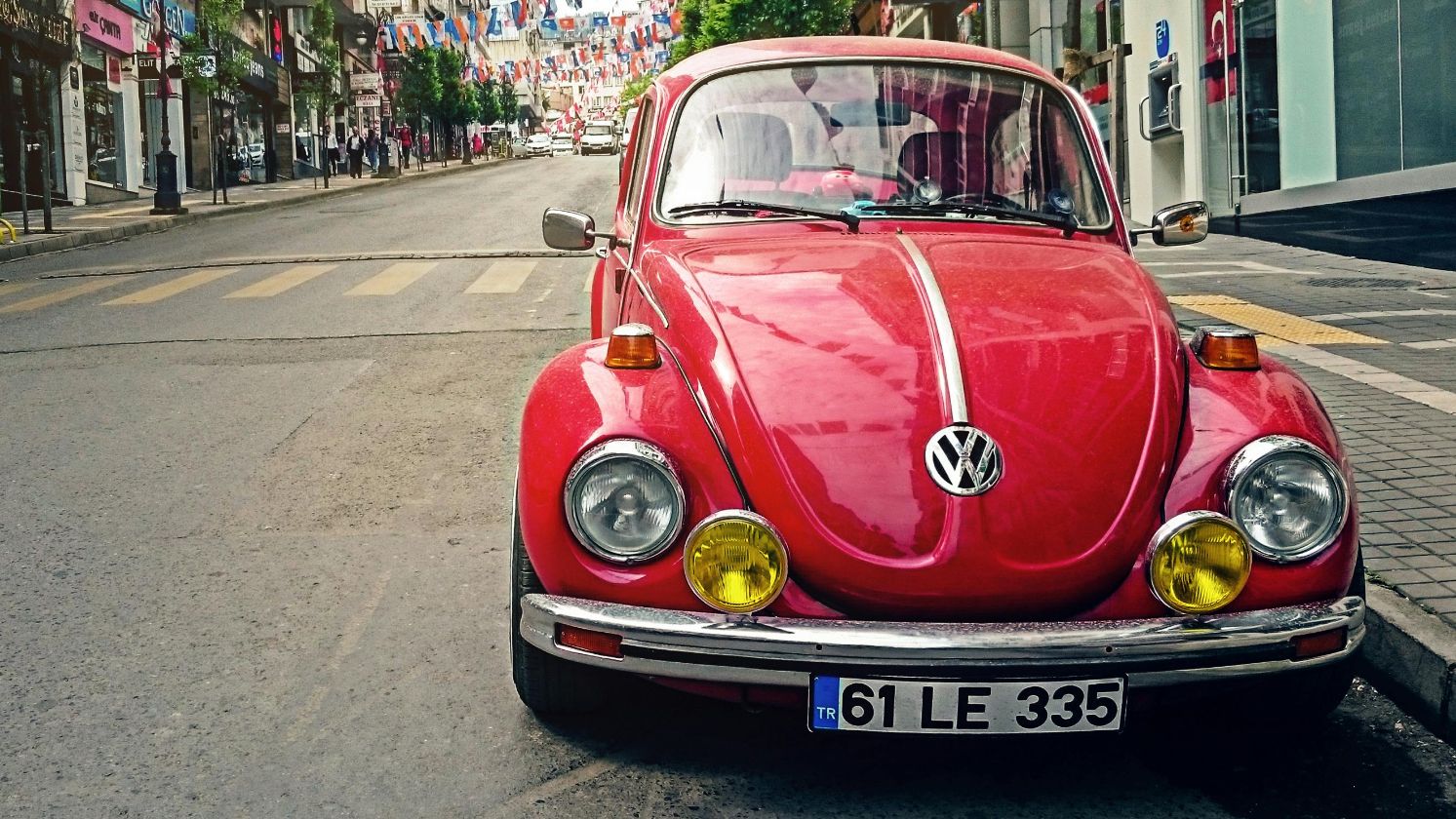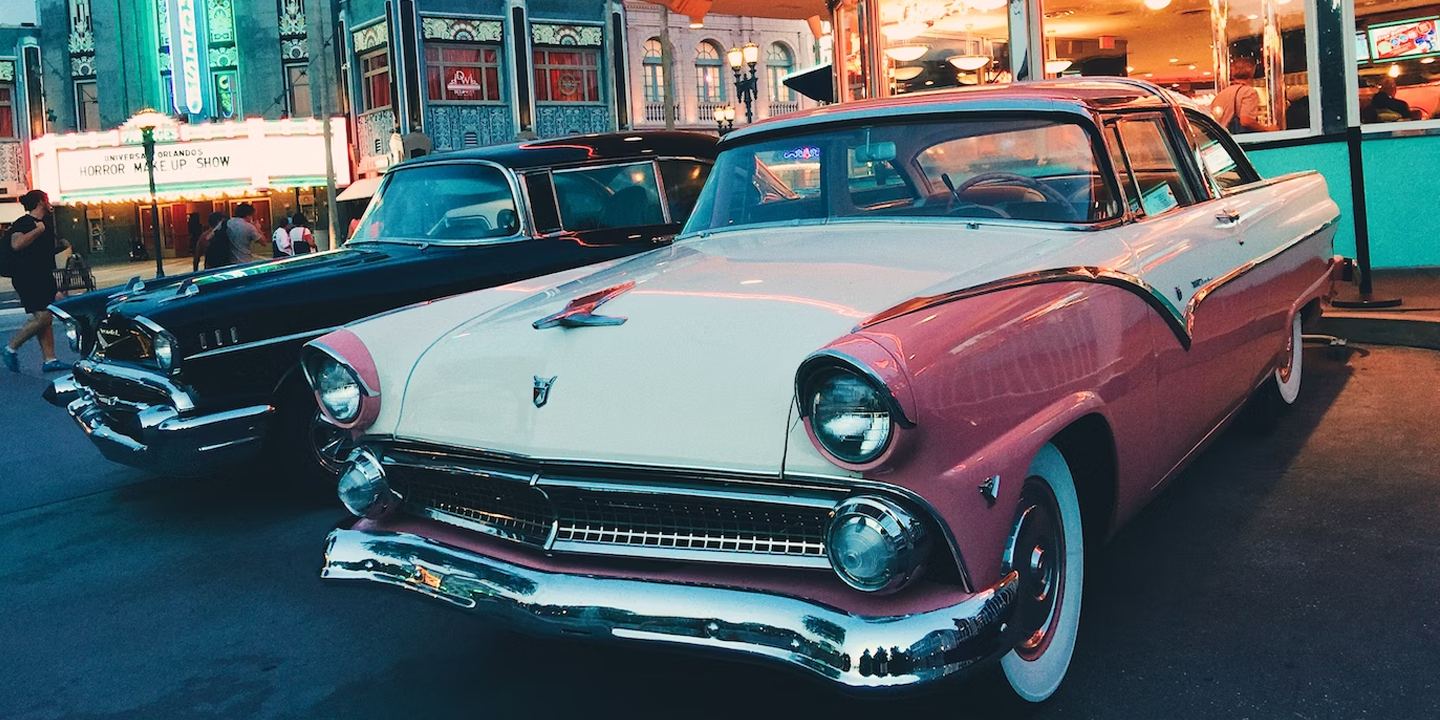The Rise And Fall Of Japanese Automakers
Japanese automakers reshaped the global car industry with a mix of precision engineering, reliability, and bold innovation. Their rise from modest postwar workshops to worldwide powerhouses fascinated both critics and competitors. Yet behind every success story are several once-promising brands that disappeared without a trace. This list uncovers both the legends and the forgotten names that shaped Japan’s automotive identity. Let’s begin with the carmakers still steering Japan’s dominance today.
1. Toyota
Few names carry as much weight in Japan’s auto story as Toyota. Its reputation for dependability sets the global standard, but innovation keeps it leading. With solid-state batteries promising 373 miles per charge, Toyota’s next revolution could redefine how the world drives again.
2. Honda
Ask drivers what makes Honda special, and most mention trust. The brand blends performance with compassion, pushing AI-driven safety tech to cut traffic deaths entirely by 2050. Even the revived 2025 Prelude shows Honda’s steady balance of daring design and human-centered engineering.
3. Nissan
Nissan doesn’t follow trends—it starts them. The company helped make electric cars mainstream and now pursues solid-state batteries that promise longer ranges. Its autonomous mobility projects add another layer, which shows its commitment to freedom and practical innovation for everyday drivers.
4. Suzuki
Urban chaos is Suzuki’s playground. The brand’s knack for crafting tiny, reliable machines like the Jimny and Wagon R proves that smart design beats size. Affordable, durable, and endlessly maneuverable, Suzuki keeps cities moving with an energy that feels unmistakably Japanese.
5. Mazda
Every Mazda carries a bit of art beneath the hood. The company’s Skyactiv engines show efficiency doesn’t have to dull excitement, while its “Monozukuri Innovation 2.0” bridges classic innovation and modern sustainability. It wins hearts by making driving feel beautifully simple again.
6. Subaru
Adventure calls, and Subaru always answers. Its symmetrical all-wheel drive and sturdy build inspire confidence in any weather. More than capability, it’s community—drivers trust Subaru because it delivers loyalty, longevity, and the quiet thrill of going wherever curiosity leads.
7. Mitsubishi
Long before eco-cars became trendy, Mitsubishi was racing through dirt and snow with rally legends like the Lancer Evolution. That same fearless DNA powers today’s Outlander PHEV, one of the world’s best-selling plug-ins. It’s proof that toughness and sustainability can share the same badge.
8. Lexus
Luxury took a new shape when Lexus arrived. The brand paired Japanese precision with quiet confidence, creating cars that whisper refinement instead of shouting status. Its first hybrid SUV redefined comfort, and every new model keeps blending performance and innovation.
9. Daihatsu
Daihatsu may build small cars, but its impact feels huge. Beloved across Asia for practical kei vehicles, the brand makes compact living comfortable, not cramped. Backed by Toyota, it continues turning limited space into limitless convenience—a true masterclass in everyday innovation.
10. Isuzu
If reliability had an engine, it would wear an Isuzu badge. The company’s diesel technology powers fleets, farms, and families alike. From the unstoppable D-Max to long-haul trucks, Isuzu’s strength lies in durability that never quits, no matter how tough the road gets.
Not every great Japanese carmaker survived. Let’s look at the brands that didn’t.
1. Prince Motor Company
Named after Crown Prince Akihito, Prince Motor Company rose from aircraft manufacturing to luxury carmaking mastery. Its 1957 Skyline blended performance and prestige, earning cultural fame in 1960s films. Merging with Nissan in 1966, Prince’s forward-thinking engineering continues to shape Japan’s automotive identity today.
2. Ohta Jidosha
Founded by Hiro Ohta in the 1920s, Ohta Jidosha introduced Japan to practical, homegrown car design. Its compact passenger vehicles fit Japan’s narrow streets perfectly. After the war, Ohta’s son Yuichi carried that spirit to Datsun to ensure that the brand’s influence lived far beyond its closure.
3. Hope Motor Company
Hope Motor Company proved that small ideas could leave big marks. Its 1960s HopeStar ON360 off-roader—only 45 units built—sparked a new era of compact 4x4s. Suzuki bought the design and transformed it into the world-famous Jimny, keeping Hope’s inventive DNA alive for generations.
4. Otomo
In the 1920s Tokyo, Otomo pioneered Japan’s shift from imported to domestic cars. Built by Hakuyosha Ironworks, its air-cooled engines and compact bodies stood out as symbols of progress. Though production ended in 1928, Otomo helped lay the foundation for Japan’s future automotive rise.
5. Efini
Mazda’s short-lived Efini brand represented ambition at its finest. Centered on the legendary RX-7, it blended luxury and performance under one roof. Yet Japan’s economic slump forced Mazda to fold Efini in 1997, ending one of the nation’s most daring experiments in prestige motoring.
6. Kaishinsha Motorcar Works
Founded in 1911, Kaishinsha built Japan’s first production car, the DAT. Its engineering foresight laid the groundwork for Nissan’s birth decades later. Though Kaishinsha itself disappeared, its legacy survives with every Nissan engine that roars to life.
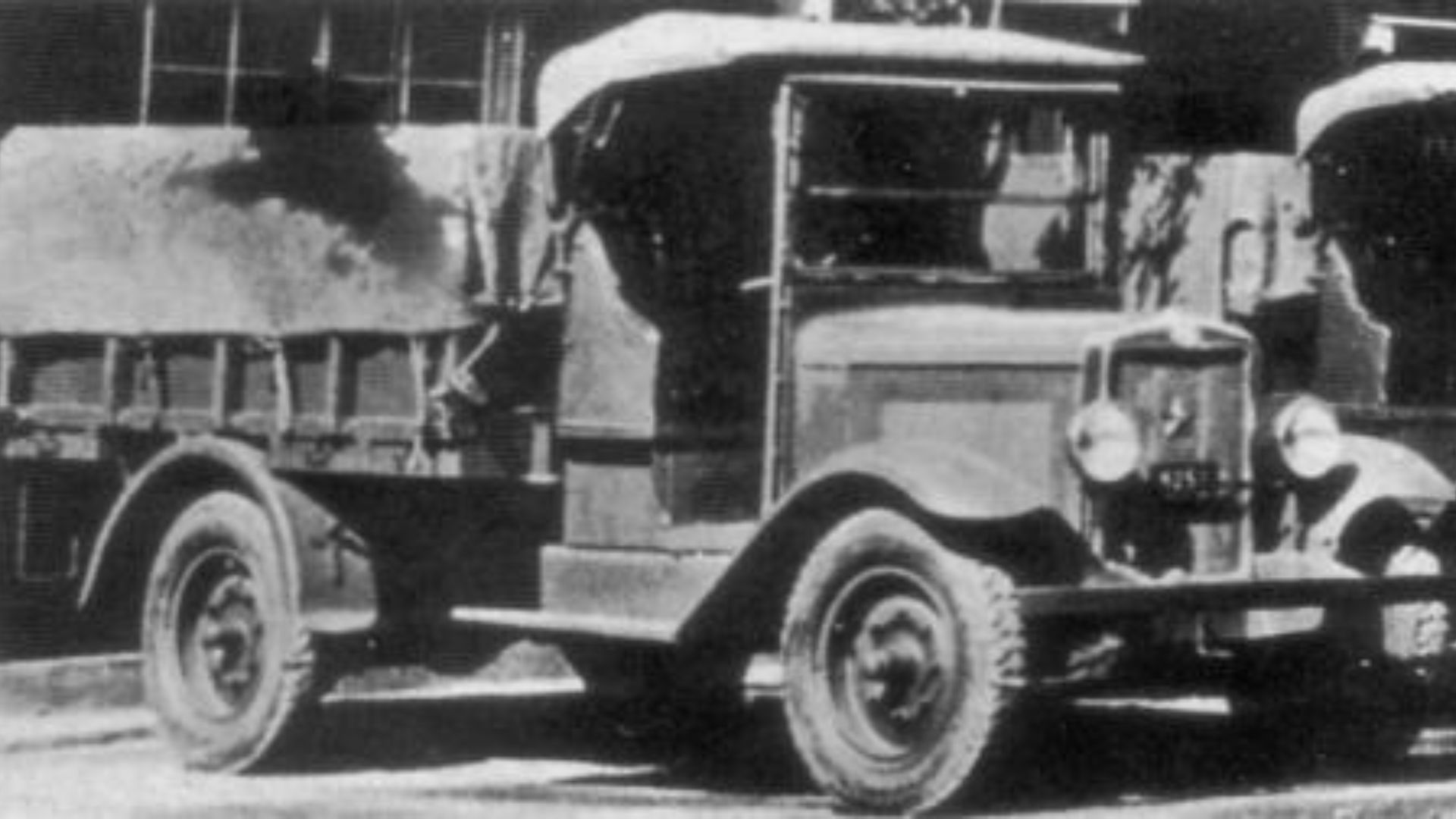 Imperial Japanese Army on Wikimedia
Imperial Japanese Army on Wikimedia
7. Tokyu Kurogane Kogyo
Kurogane, meaning “iron,” lived up to its name. The company gained fame in the 1930s for durable military vehicles, later pivoting to civilian models after the war. Postwar pressures proved too great, yet Kurogane’s rugged spirit influenced Japan’s lasting devotion to reliability.
8. Scion
Scion was Toyota’s cool, rebellious alter ego. Born in 2003 for younger drivers, its boxy xB and tC encouraged personal flair and customization. Despite a loyal following, Toyota retired Scion in 2016, folding its spirit of individuality back into the parent brand.
9. WiLL
Toyota’s WiLL project dared to think beyond cars—offering quirky vehicles, soft drinks, even stationery under one youth-focused label. Its curvy, unconventional designs broke rules but confused markets. By 2004, the experiment ended, leaving WiLL remembered as Japan’s boldest marketing gamble.
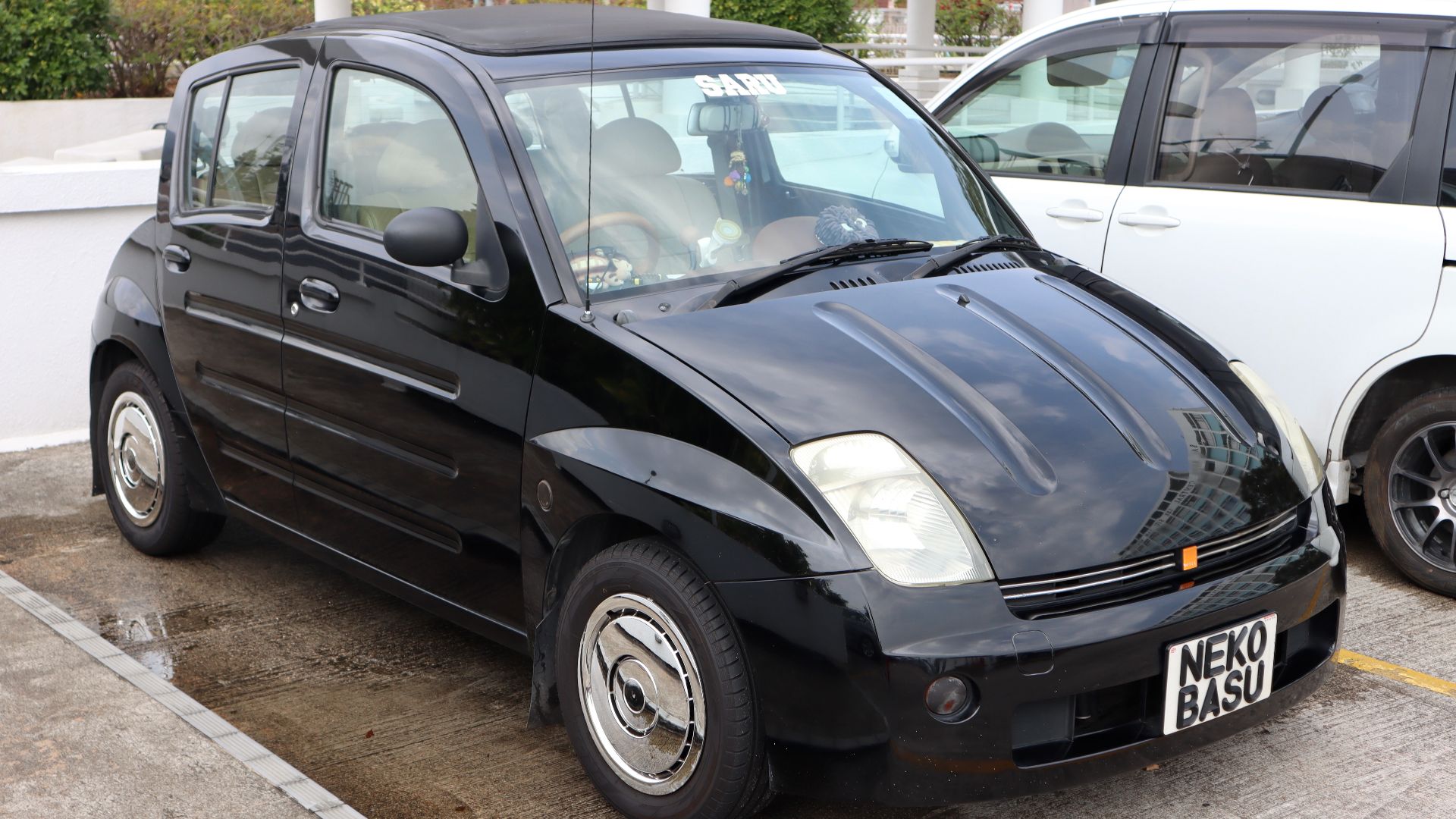 Jones028 from Hong Kong on Wikimedia
Jones028 from Hong Kong on Wikimedia
10. Autozam
Mazda’s youthful Autozam brand embraced bold ideas, culminating in the AZ-1—a tiny gullwing sports car that screamed individuality. Launched in 1989 and gone by 1998, Autozam became a cult favorite, remembered for its playful engineering and fearless creativity in small-car design.



